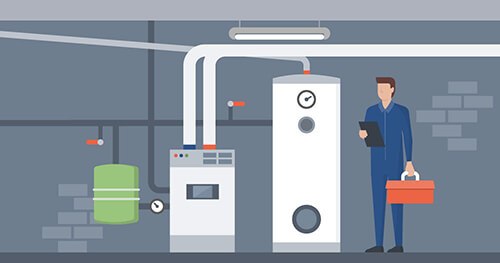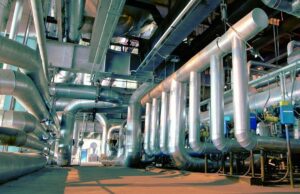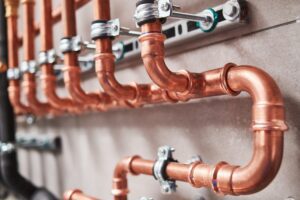

- ABS (Acrylonitrile-Butadiene-Styrene) pipe: A flexible, thermoplastic pipe, black in color, used for gravity and pressure sanitary sewers.
- ABS composite pipe: A sewer pipe with similar characteristics of ABS Pipe with the exception that filler material, like cement, is used. It is used for gravity sewers only.
- ACP (Asbestos Cement Pipe) pipe: A Rigid Pipe manufactured from asbestos fiber and cement used for both gravity and pressure sanitary sewers.
- Aerobic: Requiring the use of free oxygen. (Aerobic bacteria require oxygen to survive.)
- Anaerobic: Not requiring the usage of free oxygen. (Anaerobic bacteria do not require free oxygen to live.)
- As-Built: Drawing of septic system following installation – showing how it was built.
- City sewer: A sewage disposal system operated by the city or county.
- Cleanout: An access point in a pipe used for cleaning purposes.
- Conventional gravity system: An on-site sewage system consisting of a septic tank and a subsurface spoil absorption system with gravity distribution of the effluent.
- Conventional pressure distribution system: An on-site sewage system consisting of a septic tank and a subsurface soil absorption system with pressure distribution of the effluent.
- Copper: A reddish-brown metal widely used for household plumbing pipes. It is primarily used for potable (drinkable) water.
- CPVC: Chlorinated poly-vinyl chloride pipe is a type of plastic. CPVC can be used in both hot and cold potable water piping.
- Drain field: Part of the home’s septic system, the drain field is a system of pipes that discharge bacterially treated wastewater from the septic tank into the soil for natural decontamination.
- Effluent: Liquid discharged from a septic tank or other on-site sewage system component.
- Energy Star: A program which provides certification to electrical appliances and other products (e.g., dishwashers and washing machines) which meet certain energy efficiency standards.
- Fitting: A device designed to control and guide the flow of water. Examples include faucets, shower heads, shutoff valves, shower valves, and drinking fountain spouts.
- Fixture: A device that provides a supply of water and/or its disposal. Examples include toilets, sinks, and bathtubs.
- Gallons per flush (GPF): A measure of the total volume of water (in gallons) required to flush a toilet.
- Gallons per minute (GPM): A measure of the rate at which water flows through a fixture or fitting at a certain pressure. It is measured by the number of gallons flowing from the device in one minute at a given water supply pressure.
- Gray water: Waste water from sinks, showers, and bathtubs – but not toilets.
- Grease trap: A device that captures grease entering a system before it reaches the sewer lines. Commonly used in commercial applications such as restaurants or cafeterias.
- P-trap: A sink drainpipe designed in the shape of a “P” that runs from the sink and down through the floor to the main drain piping. The shape is designed to trap a small quantity of water in the pipe, preventing sewer odors from entering your home.
- Polybutylene: This soft, gray, or blue plastic pipe was widely used from the mid- 1970s to the mid-90s. Since then, it has become known that polybutylene deteriorates over time and leaks.
- Porcelain enamel: A coating used on metal fixtures, such as cast-iron sinks and bathtubs. Porcelain enamel gives metal plumbing fixtures their colors and desirable glossy surfaces.
- Pressure distribution: A system of small diameter pipes equally distributing effluent throughout a trench or bed.
- Pump chamber: A tank or compartment following the septic tank which contains a pump, floats and volume for storage of effluent.
- Repair: Restoration, by reconstruction or relocation, or replacement of a failed on-site sewage system.
- Residential sewage: Sewage having the constituency and strength typical of wastewater from domestic households.
- Scum: Accumulated solids that form a floating mat on the surface of the effluent in the septic tank. Including but not limited to fats, oils and grease (FOGs).
- Septic system: The complete system of sewage removal, including the drain field, septic tank, and associated piping.
- Septic tank: The underground holding tank that serves a home that does not have a connection to the local city or county sewage pipes. The term “septic” refers to the anaerobic bacteria that live in the tank and decompose the waste discharged into the tank.
- Septic tank inspection: Inspection of the actual holding tank of the septic system and drain field to ensure it is still water tight and working properly.
- Sewage: Any urine, feces, and the water carrying human wastes, including kitchen, bath, and laundry wastes from residences, buildings, industrial establishments or other places. Also see residential sewage.
- Sewer connection: The place where a household sanitary sewer system connects to the city or municipality sewer system.
- Shutoff valve: Valves installed under sinks and toilets used to shut off water supply in the event of a malfunction or repair. Also called an Angle Stop, Straight Stop, or Supply Stop.
- Sludge: Settled solids accumulated in the bottom of a septic tank or in the settling tanks at a wastewater treatment plant.
- Treatment component: An approved method or device for treatment of sewage to a level that is suitable for more treatment and dispersal into the subsurface by the disposal component.
- Valve: A device that regulates the flow of water. In plumbing, valves are used in faucets and showers, and control the mix of hot and cold water.
- Wastewater: Any water that is used in a process or sewer system becomes wastewater or graywater and must be treated before reuse.
Don’t see what you are looking for? Not sure what’s going on with your plumbing? Contact us with any question about your plumbing system or maintenance and our friendly professionals at FloHawks will be happy to help.











